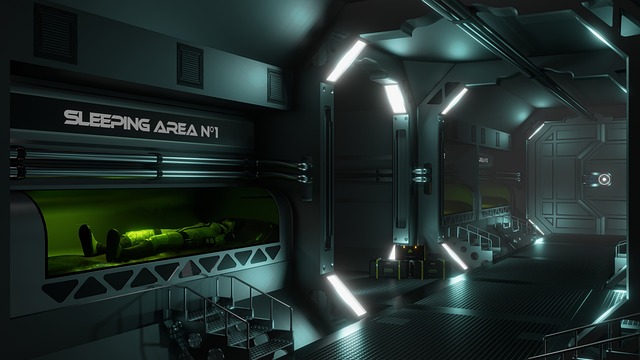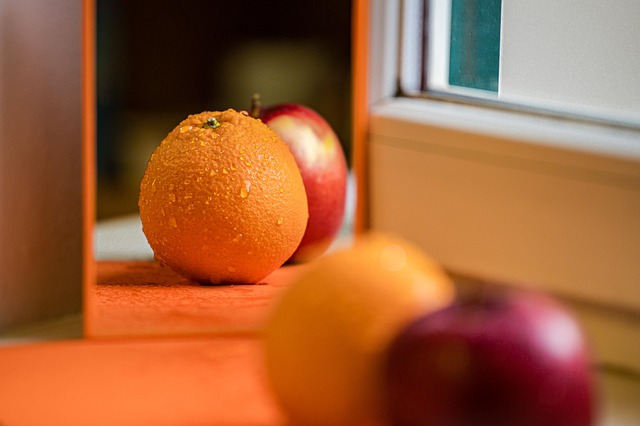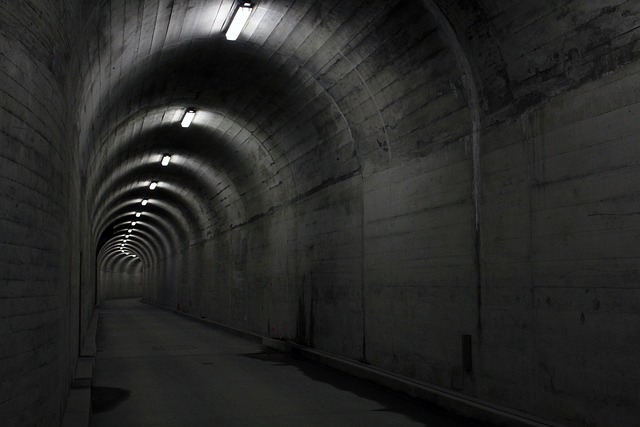In recent years, the concept of spatial effect has taken center stage in the world of installation art. This intriguing notion invites viewers to engage with a work in a manner that transcends traditional boundaries. As art continues to evolve, we find ourselves at the crossroads of fine arts, culture, and dynamic installations, creating spaces that resonate with emotion and contemplation.
Fine arts have a unique ability to evoke feelings and challenge perceptions. When these artworks are presented in an installation format, the spatial effects come into play, transforming a simple gallery space into an immersive environment. Artists creatively manipulate dimensions, light, and sound to cultivate an atmosphere that envelops the audience. This metamorphosis connects us to the narrative woven into the very fabric of the artwork.
Culture also plays a pivotal role in shaping these installations. As diverse communities and traditions influence artistic expression, the spatial effects become a means of storytelling that highlights the richness of cultural heritage. For instance, an installation might reflect the intricate histories of marginalized groups, inviting viewers to step into a world that is often excluded from mainstream art. The spatial arrangement becomes an invitation to explore, share, and understand different perspectives.
As we wander through a contemporary installation, the spatial effects often encourage us to re-evaluate our surroundings. The placement of each element, the interplay of colors, and even the sounds create a dialogue that begs for interaction. We are no longer passive observers; instead, we become part of the art itself, leaving behind the confines of traditional viewing. This engagement breathes life into the work, allowing us to connect with it on a profound level.
Add to this the emotional resonance that installations evoke. The spatial effects can elicit nostalgia, joy, melancholy, or a sense of wonder, making each experience unique to the individual. When walking through a well-crafted installation, one can feel a rush of inspiration or introspection, further bridging the gap between the observer and the observed. The space itself becomes a canvas for the emotions it conjures, resulting in a truly powerful experience.
The harmonious fusion of fine arts, culture, and spatial effects in installations offers a fresh lens through which to appreciate art. These works not only stand as visual spectacles but also as metaphorical landscapes that invite us to ponder our existence and the shared stories of humanity. In the exploration of space, we find ourselves intertwined with art and culture, reminding us of our interconnectedness in this vast universe.




